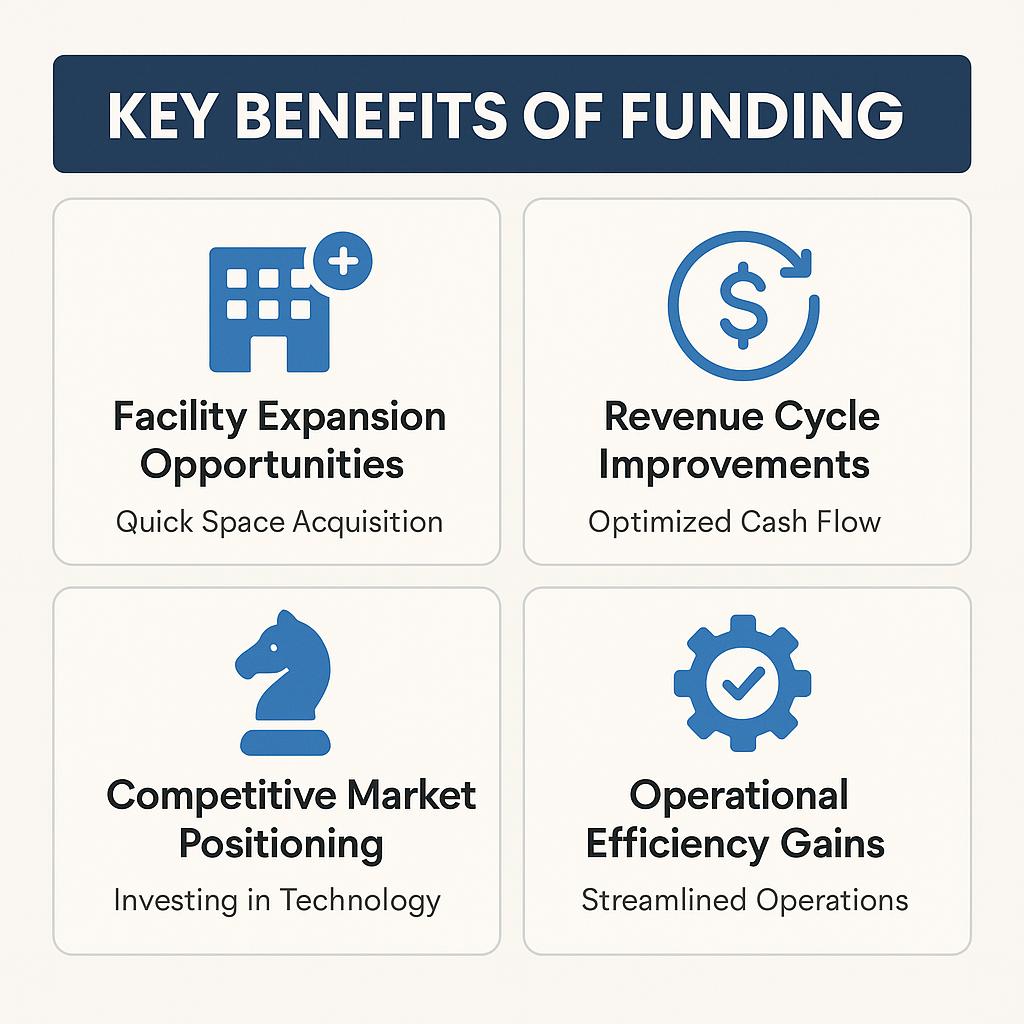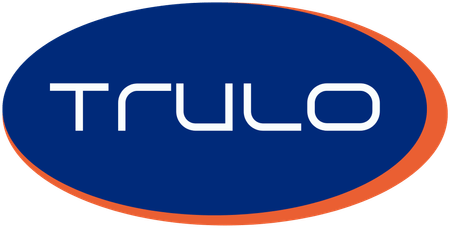Medical practices across the country face unique funding challenges when seeking to expand facilities, upgrade equipment, or enhance operations. Understanding how other healthcare providers successfully secured financing can provide valuable insights for practice owners considering their own capital projects.
Key Benefits of Medical Practice Funding Success Stories

Medical practice funding success stories demonstrate how the right financing approach can transform healthcare operations. These real-world examples offer valuable lessons for practice owners evaluating their funding options.
- Facility Expansion Opportunities: Alternative funding often enables medical practices to quickly secure space for additional treatment rooms, specialized equipment areas, or patient waiting facilities without lengthy approval processes.
- Revenue Cycle Improvements: Successful funding stories frequently highlight how practices used capital to implement better management systems, reducing patient delays and optimizing billing processes for enhanced cash flow.
- Competitive Market Positioning: Access to timely funding may allow practices to maintain their competitive edge by investing in new technologies or expanding services before competitors in their market.
- Operational Efficiency Gains: Many medical practice examples show how strategic funding decisions led to streamlined operations, better patient engagement tools, and improved overall practice management capabilities.
Common Medical Practice Capital Project Applications
Medical practice capital projects typically focus on areas that directly impact patient care and operational efficiency. Understanding common applications helps practice owners identify funding opportunities for their own expansion needs.
- Equipment Upgrades and Technology: Many practices use funding to acquire advanced diagnostic equipment, electronic health record systems, or specialized medical devices that enhance patient care quality and diagnostic accuracy.
- Space Expansion and Renovation: Real medical practice examples often involve expanding existing facilities, adding new treatment rooms, or renovating spaces to accommodate growing patient volumes and specialized services.
- Staff Development and Training: Some funding success stories include investing in staff training programs, certification courses, or hiring additional qualified personnel to support practice growth and improve patient outcomes.
- Patient Experience Enhancements: Successful practices may allocate funding toward improving waiting areas, implementing patient communication systems, or creating more comfortable treatment environments that boost patient satisfaction.
Steps to Medical Practice Funding Success
Achieving medical practice funding success typically involves careful planning and strategic decision-making. These steps reflect common patterns observed in successful healthcare funding cases.
- Assess Current Financial Position: Successful practices typically begin by evaluating their existing revenue streams, cash flow patterns, and operational expenses to determine appropriate funding amounts and repayment capabilities.
- Define Specific Growth Objectives: Clear identification of expansion goals, whether facility improvements, equipment purchases, or operational enhancements, helps practices choose the most suitable financing options for their needs.
- Research Alternative Funding Options: Medical practice examples often show that exploring various financing alternatives beyond traditional banking may provide faster approval times and more flexible terms suited to healthcare operations.
- Implement Strategic Improvements: Once funding is secured, successful practices focus on executing their planned improvements efficiently while monitoring the impact on patient care quality and financial performance.
Real Results from Medical Practice Expansion
Medical practice expansion funded through alternative financing often produces measurable improvements in both patient care and business performance. These real results demonstrate the potential impact of well-executed capital projects.
Reproductive health centers that have secured timely funding for facility expansion may strengthen their market position while accommodating growing patient demand. The ability to increase treatment capacity often translates to improved patient access and enhanced service delivery capabilities.
Practices implementing advanced management tools and analytics systems frequently report better operational efficiency and strategic decision-making capabilities. These improvements typically support long-term financial stability while helping practices adapt to rising healthcare costs and changing patient expectations.
Revenue cycle management enhancements funded through alternative financing may lead to reduced administrative burden and improved cash flow patterns. This type of operational improvement often creates sustainable competitive advantages for growing medical practices in their local markets.
Medical practice funding success stories highlight the importance of strategic financing decisions in healthcare business growth. By understanding real-world examples and common success patterns, practice owners can make informed decisions about their own capital projects and expansion opportunities.

.png)






